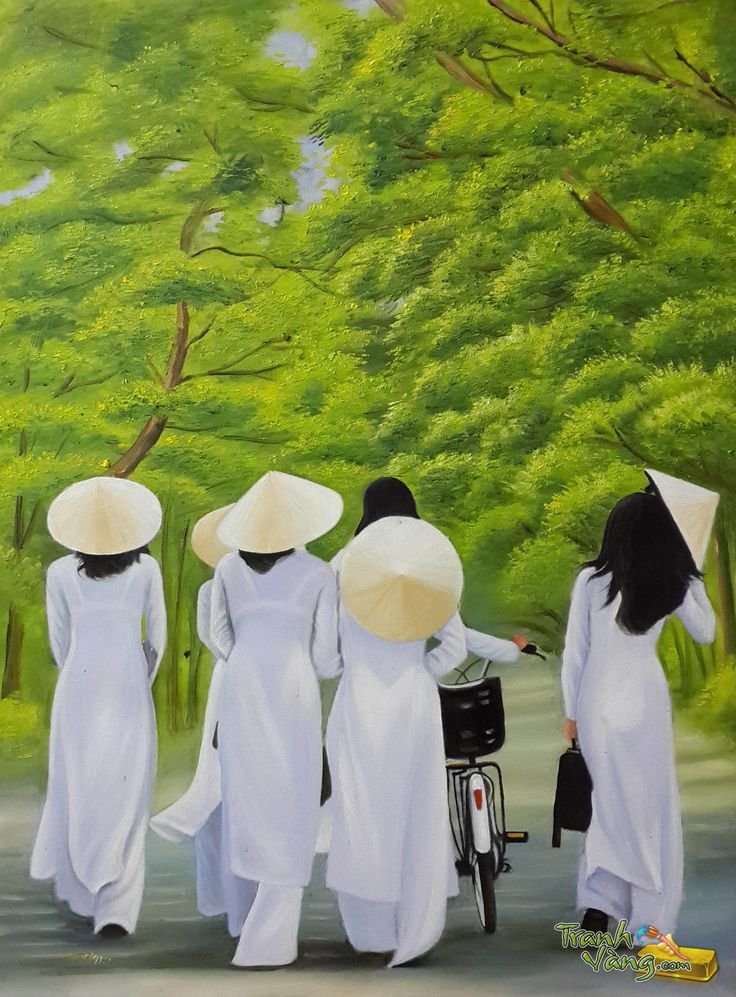

The Nón Lá (Vietnamese conical hat) is a quintessential symbol of Vietnam, deeply ingrained in its culture, history, and everyday life. Known for its simplicity, elegance, and practicality, this traditional hat reflects the ingenuity and artistic sensibilities of the Vietnamese people. Here’s a closer look at the nón lá:
1. What is the Nón Lá?
Design:
The Nón Lá is a cone-shaped hat crafted from natural materials, primarily palm leaves, bamboo, and rattan. Its lightweight and durable structure make it ideal for daily use in Vietnam’s tropical climate.
Features:
The hat consists of:
- A bamboo or rattan frame.
- Palm or latania leaves carefully stitched together with thin threads.
- An inner chin strap, often made from silk or cotton, to secure it in place.
Regional Variations:
While the basic design remains consistent, subtle differences in size, shape, and decoration exist across regions, showcasing local artistry.
2. Historical and Cultural Significance
Historical Origins:
The Nón Lá dates back thousands of years, with its image appearing in ancient Vietnamese art, such as Đông Sơn bronze drums and carvings.
Cultural Symbol:
The hat is a symbol of Vietnamese identity, associated with farmers, vendors, and traditional lifestyles. It embodies simplicity, resilience, and harmony with nature.
Associated with Poetry and Art:
The Nón Lá often appears in Vietnamese poetry, literature, and paintings as a symbol of feminine grace and rural beauty.
3. Practical Uses
Protection:
The Nón Lá shields wearers from the harsh sun and rain, making it indispensable for farmers and outdoor workers.
Versatility:
Beyond being a hat, it serves as a fan, a container for carrying goods, or even a makeshift bowl when needed.
Accessibility:
Its affordability and availability make it a staple for people across all social classes in Vietnam.
4. Connection to Vietnamese Life
For Farmers and Vendors:
The Nón Lá is a daily companion for farmers working in rice fields and vendors selling goods at bustling markets.
Festivals and Weddings:
In traditional ceremonies, including weddings, a decorated Nón Lá adds a touch of elegance and cultural pride.
Tourism and Souvenirs:
The Nón Lá is a popular souvenir among tourists, symbolizing their connection to Vietnam’s culture.
5. Symbolism of Nón Lá
Grace and Elegance:
Often associated with Vietnamese women wearing the Áo dài (traditional long dress), the Nón Lá represents the timeless beauty and grace of Vietnam.
Hard Work and Simplicity:
For farmers and laborers, the nón lá symbolizes dedication and a close connection to the land.
6. Modern Relevance
Cultural Pride:
The Nón Lá remains a cherished symbol of Vietnamese heritage, often featured in cultural performances, fashion shows, and festivals.
Fashion and Design:
Modern designers incorporate elements of the Nón Lá into contemporary fashion, blending tradition with innovation.
Eco-Friendly Appeal:
Made from natural, biodegradable materials, the Nón Lá aligns with global movements toward sustainable living.
Conclusion
The Nón Lá is more than just a hat; it is a living emblem of Vietnam’s history, culture, and people. Its enduring presence in both rural and modern contexts reflects its versatility and timeless charm, making it an icon of Vietnamese identity.
